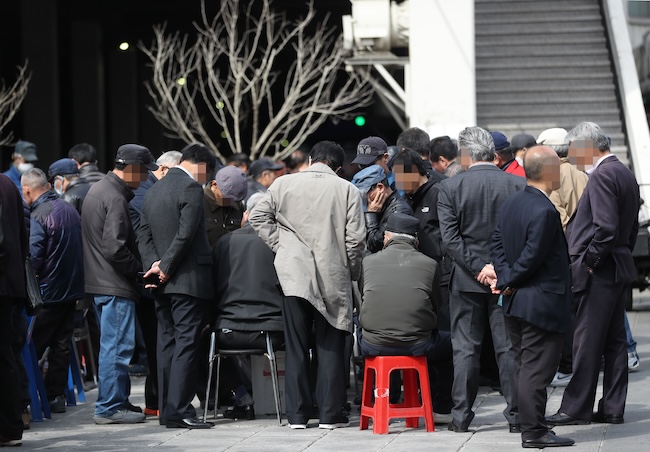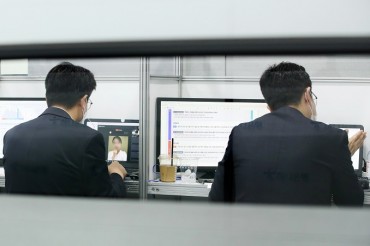
The anticipated population is set to dwindle to 36 million, with half of the populace aged 63 or older. (Image courtesy of Yonhap)
SEJONG, Dec. 15 (Korea Bizwire) – Statistics Korea released a forecast on Thursday depicting a rather grim outlook for South Korea in 50 years. The anticipated population is set to dwindle to 36 million, with half of the populace aged 63 or older.
Consequently, there is a growing concern about the growing burden of supporting the older generation, fueling the apprehension surrounding the “disappearance of Korea” theory, a topic gaining traction in the international media.
A recent column in The New York Times titled “Is South Korea Disappearing?” underscored South Korea as a poignant example of the severe consequences of the country’s declining birthrate. The article cautioned that South Korea’s population decline could outpace that of Europe during the Black Death in the 14th century.
The gravity of the situation is substantiated by population projections from Statistics Korea, revealing a significant reduction to 36 million in just 50 years, amounting to two-thirds of the current population. A worst-case scenario even posits a decline to 30 million.
The primary driver behind this alarming trend is the declining birthrate. Although the fertility rate is expected to rebound to the one-child mark by 2036, this rebound point has been delayed compared to projections from two years ago, ensuring an inevitable trajectory towards an aging population.
In practical terms, the median age, currently at 45, is forecasted to rise to 63 in 50 years. Consequently, the workforce will significantly shrink, leaving only 16 million people of working age, less than half of the present figure.
This demographic shift transforms the population pyramid into an inverted triangle, with half of the population relying on the support of a shrinking workforce. The pyramid, once a triangle in 1960, is projected to be completely inverted in 100 years.
On a contrasting note, the statistics office foresees a net influx of 53,000 foreigners annually starting next year, offering a potential counterbalance to the domestic population decline.
M. H. Lee (mhlee@koreabizwire.com)






